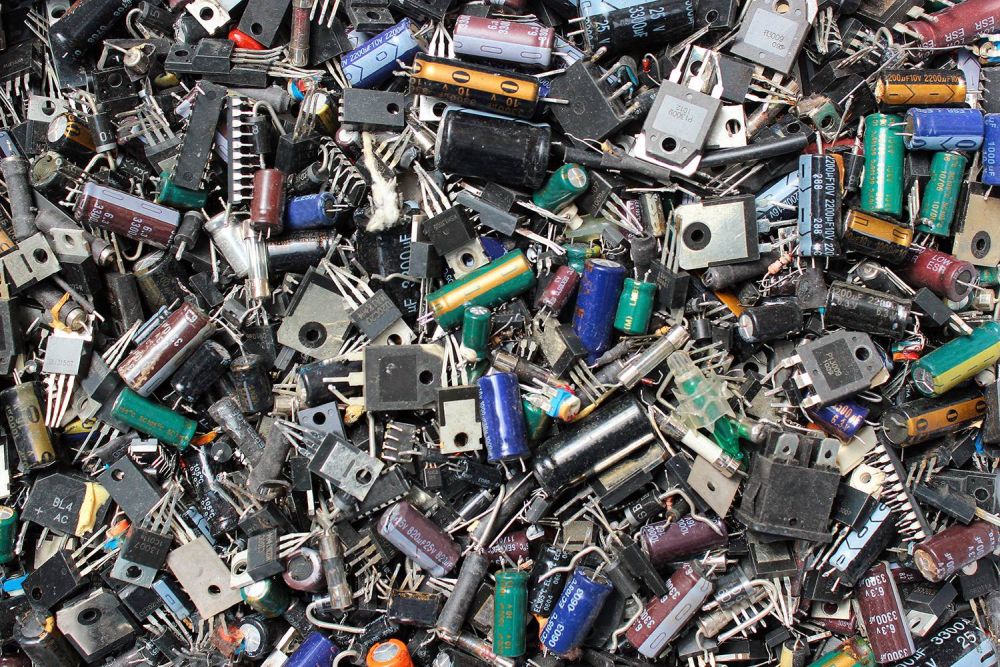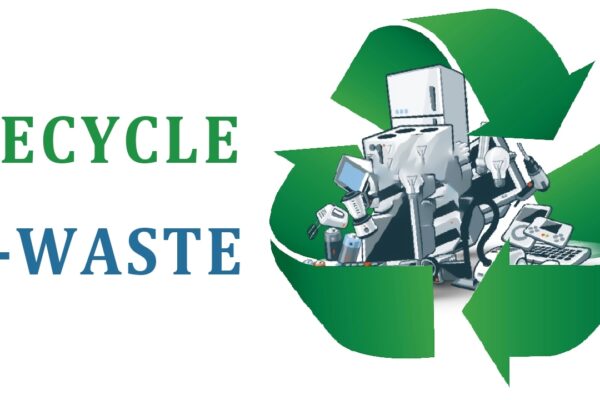Earth’s Annual Electronic Waste to Increase to 75 Million Tons by 2030
In this fast pacing world, things are discarded as soon as they are purchased. The ever-evolving technology offers alluring gadgets everyday and people throw the existing ones into the garbage. This whole mechanism leads to a gigantic pile of electronic-waste, which pollutes the ecosystems. A recent report has revealed that this pile of discarded electronics is getting even heavier.
According to the Global E-Waste Monitor 2020, the estimated amount of electronic waste could increase by up to 75 million tons by 2030. In 2014, the world collectively discarded an estimated 44.4 million metric tons of e-waste, including battery-powered or plug-tethered devices such as laptops, smartphones, and televisions.
The results are an outcome of a partnership formed in 2017 between the United Nations International Telecommunication Union, the International Solid Waste Association and other groups to track the amassing of electronic debris. However, the projected numbers do not include any economic impacts of the current coronavirus pandemic.
The annual amount of projected e-waste is almost double in weight from 2014 to 2030. These numbers are based on calculations of global consumption of electronics as well as on simulations that take into account both sales and longevity of the product.

Global electronic waste to increase 75 million tons by 2030 | Image: Tuck School of Business
High levels of consumption rates of electronics, as well as shorter life cycles for many devices, are furthering to the rapid accumulation of e-waste. As per the report, most discarded e-waste is not recycled and dumped into the landfills. Of the 53.6 million tons of e-waste generated in 2019, only 9.3 million tons were recycled.
Discarded electronics contain hazardous materials, including cadmium and mercury in laptops and smartphones, and refrigerant chemicals like chlorofluorocarbons and hydrochlorofluorocarbons, which can pollute the environment. Moreover, e-waste can also lead to plastic pollution, as many components of electronics are made of plastic.
The report also noted that not recycling e-waste can contribute to the rise in overall global temperatures, because rather than reprocessing prevailing materials, humans continue mining and processing new materials.
The report states that e-waste also contains so many valuable recoverable metals, such as iron, copper and gold, which it essentially represents an “urban mine.” The value of the raw materials in e-waste of 2019 could be as much as $57 billion, only about $10 billion of which was recovered via recycling.
In 2019, a record of 53.6 million metric tons of e-waste was generated worldwide, up 21 percent in just five years. The current statistics make the e-waste the world’s fastest-growing domestic waste stream, fueled mainly by higher consumption of electronic equipment, short life cycles and limited options to repair.
Via: Science News


